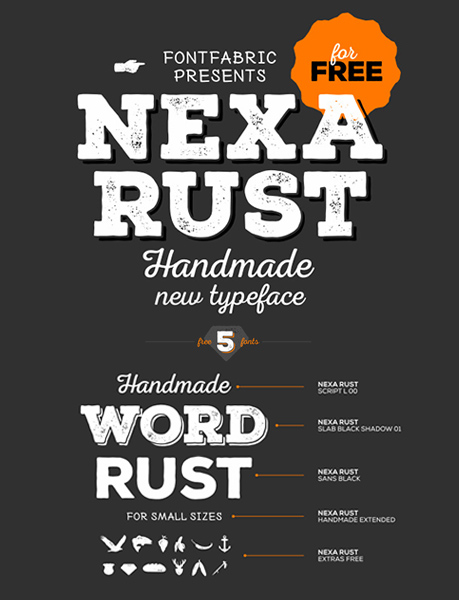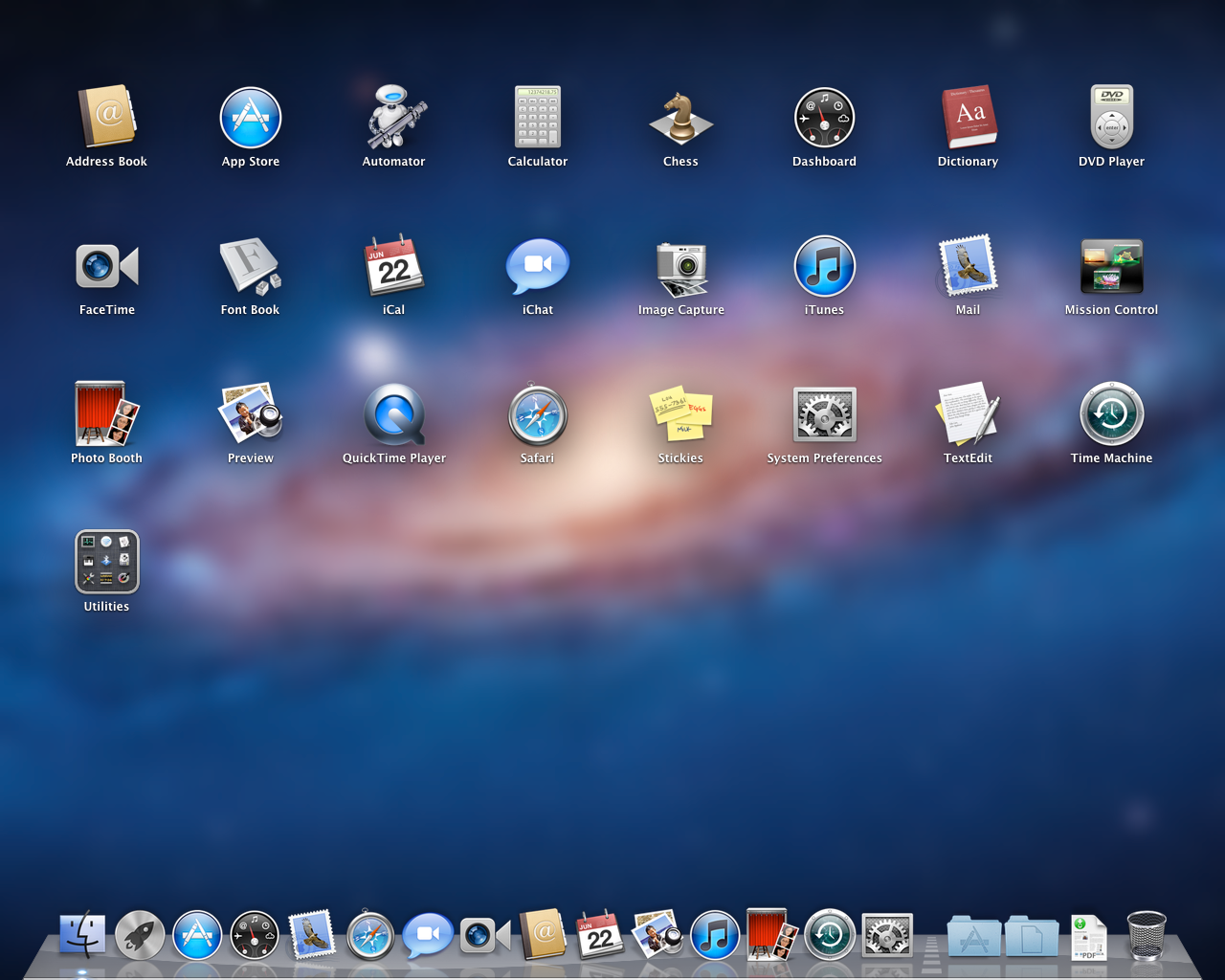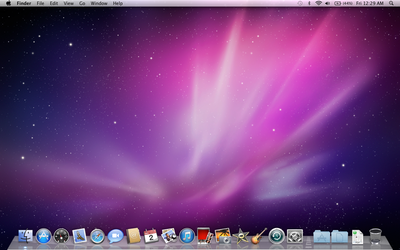
- COMPLIMENTARY SANS SERIF AND SERIF FONTS FOR BOTH MAC AND PC 2015 PROFESSIONAL
- COMPLIMENTARY SANS SERIF AND SERIF FONTS FOR BOTH MAC AND PC 2015 FREE
It’s also a fairly common typeface, making it suitable for use on the web, though backup typefaces also need to be specified.īembo is an old style serif, based on a humanist typeface created by Francesco Griffo in the late 15th century. The University of Birmingham uses it for many of its documents, and a modified version can be seen in some of the Canadian government’s corporate identity materials (including in the “Canada” wordmark).īaskerville is excellent for body copy, and is suitable for use in books, newsletters, newspapers, and other printed materials.
COMPLIMENTARY SANS SERIF AND SERIF FONTS FOR BOTH MAC AND PC 2015 PROFESSIONAL
It’s widely used in documents, and has a traditional, professional look. The clarity and consistency of the letterforms are what make Baskerville such a readable typeface.
COMPLIMENTARY SANS SERIF AND SERIF FONTS FOR BOTH MAC AND PC 2015 FREE
A free version of Baskerville, called Open Baskerville, has also been created. In 1996, it was used by Zuzana Licko as the basis for the Mrs Eaves typeface. Others admired him, including Fournier, Bodoni, and even Benjamin Franklin.īaskerville was also revived in England in 1923 by Stanley Morison for the British Monotype Company. His rivals of the time were intimidated by the perfection of his work, and some claimed that the stark contrasts of his typefaces would damage the eyes. The original typeface was used by John Baskerville to print a folio Bible. The characters are also more regular, and the rounded strokes are more circular.īaskerville was created in 1757, and then revived by Bruce Rogers for the Harvard University Press in 1917. To that end, it has more contrast between the thick and thin strokes of the letterforms, as well as sharper serifs and a more vertical axis to rounded letters. It was created by John Baskerville as an attempt to improve upon the typefaces created by William Caslon. Improvements in hinting have made it better for on-screen viewing at smaller sizes.īaskerville is a transition serif typeface that falls somewhere between classical typefaces like Caslon and modern serifs like Didot. It bridges the gap between geometric and humanist sans-serifs, making it a versatile, modern choice.Īvenir is suitable for both headline and body copy. Abrams film Super 8 also uses it for titles.Īvenir’s greatest strengths are its simplicity and balance. Dwell magazine started using it in 2007, and the upcoming J.J. BBC Two uses Avenir in its logo and identity. LG uses it for the buttons on most of their cell phones. Three more weights were later added.Īvenir is a relatively new typeface, but it’s become widely used. Upon release, it was available in three weights, using Frutiger’s two-digit weight and width naming convention: 45 (book) /46 (oblique), 55 (text) /56 (oblique), and 75 (bold) /76 (oblique). It was designed to be a more humanistic version of traditional geometric typefaces like Futura. The name, Avenir, means “future” in French. It’s suitable for use in virtually any project.Īvenir is a geometric sans-serif typeface designed in 1988 by Adrian Frutiger. The slight idiosyncrasies present in the typeface give it a bit more visual interest than other, similar neo-grotesques. Modern iterations of the typeface are descendants of a late-1950s project at Berthold to enlarge the type family, though these new typefaces retain the idiosyncrasies of the original.Īkzidenz-Grotesk is a versatile typeface, suitable for both headlines and body copy. The official report, though, is that it was based on Royal Grotesk light, designed by Ferdinand Theinhardt (which was later merged into Berthold). It’s been speculated that the typeface was derived from either Didot or Walbaum, which have similar looks if their serifs are removed. Berthold AG type foundry, and was originally called “Accidenz-Grotesk”.


Akzidenz-Grotesk is one of the official fonts of the American Red Cross (along with Georgia).Īkzidenz Grotesk was created in 1898 by H. There are a number of variations available, including Akzidenz-Grotesk Book, Book Rounded, Schoolbook, Old Fact, and Next. Have we missed one of your old time favorites? Go ahead and add it in the comments area.Īkzidenz Grotesk was the first widely-adopted sans serif typeface, and an influencer of many later neo-grotesque typefaces, including Helvetica and Univers. They have proven popular among designers the world over, and are used in designs for everything from multi-national corporations to individual books or journals. Regardless of which camp you fit into, the typefaces below should interest you. The other camp believes in using a huge variety of typefaces, picking and choosing each one based specifically on the project at hand.

One group has a handful of favorite typefaces they adapt to every design they create, believing that these handful of typefaces can be suitable for every situation. There are usually two camps among designers when it comes to typeface choices.


 0 kommentar(er)
0 kommentar(er)
